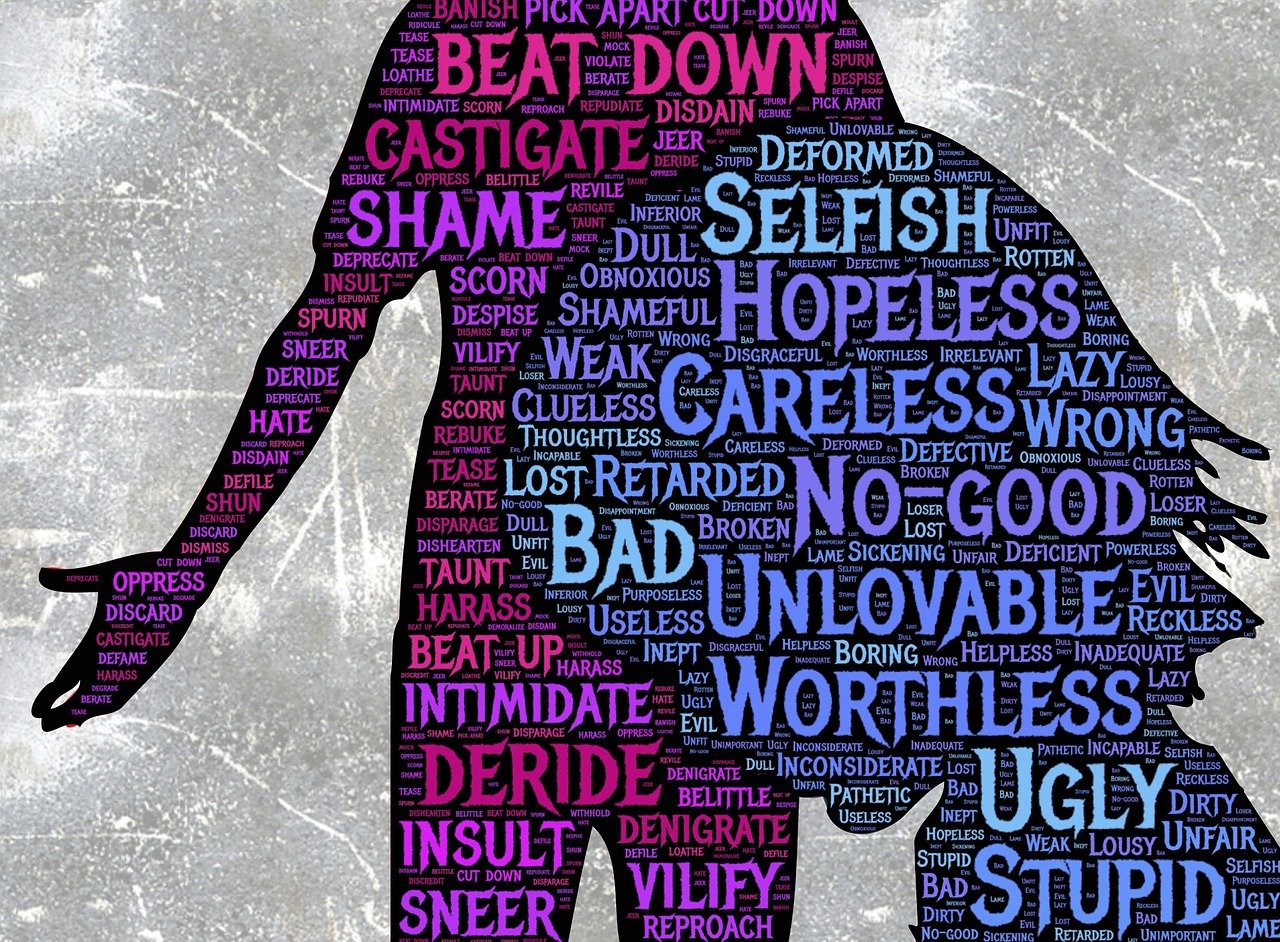October is “Domestic Violence” Awareness Month.
I put “domestic violence” in quotation marks because that’s an outdated term that emphasizes the physical violence, and misleads us to think it’s only happening in domesticity — such as in a marriage. There’s a better term: Intimate Partner Violence, and related to that: Coercive Control.
A substantial part of “domestic violence” happens between dating partners, separated or divorced partners, in public, in the workplace, while traveling, in a restaurant, outside the house, even on a road trip (as with Gabby Petito).
Did you know 1 in 4 women will experience relationship violence in their lifetime? One in four! (Why aren’t we talking about this more? I’m out to change that.)
But first:
What are we actually talking about when we talk about “domestic” and “violent” relationships?
The word “Domestic” makes many of us think of a married, hetero-normative couple. (We even have a name for the kind of undershirt worn by the husband — a “wife beater.”) Yet most domestic violence episodes happen between partners who do not, or no longer, live together. (See Evan Stark, Coercive Control, How Men Entrap Women in Personal Life, Oxford Press, 2007)
The word “Violence” focuses our minds, pocketbooks, and legal resources on physical aggression: assault, battery, beating, strangling, use of weapons, and sometimes murder (or murder/suicide). This kind of violence is actually a small part of relationship abuse. It’s the extreme outcome of power and control dynamics. It’s the tip of the iceberg.
The physical violence part of “domestic violence” is only a fraction of what we’re really talking about when we talk about domestic violence.
So what makes up the bulk of relationship abuse? What lays the groundwork for the physical violence? Coercive Control.
Coercive control is a pattern of intimidation, isolation and control. It is the systematic human rights abuse of taking away a person’s freedom. Coercive control relies heavily on enforced gender norms. It is a form of mental torment, intimidation and physical limitation that is often so effective that physical violence becomes unnecessary. Researchers sometimes call this kind of abuse “intimate terrorism” and “entrapment.”
Many countries (but not the United States court system — yet) recognize that coercive control is the biggest relationship abuse problem, and their laws reflect it. So if our legal system here in the US primarily recognizes and punishes only the episodes of physical battering, yet the bulk of abuse doesn’t include battering — what are we missing here?
We’re missing verbal and emotional abuse, intimidation, stalking, monitoring, financial abuse, isolation, manipulation, harassment, slut shaming, and gender shaming and other forms of bullying designed to maintain the upper hand. We’re missing gaslighting. We’re missing a lot of what makes relationships toxic and dangerous. We’re missing what always, always precedes the violence.
Let’s take a look at how coercive control works and what it accomplishes. Coercive control is the means by which men control and dominate women in their personal lives. Coercive control has replaced publicly sanctioned male dominance with private oppression.
This looks like isolating you from your friends and family: deleting your contacts, encouraging you to spend all your time together, disparaging your friends/family/roommates/relatives. It looks like economic abuse: monitoring or curtailing your access to money, making you use all your money. It uses technology: demanding passwords, texting or calling incessantly, tracking your whereabouts through home systems, GPS or spyware. It looks like threats: threatening to commit suicide if you leave, threatening to publish texts or photographs that would embarrass or harm you, threatening to leave, forcing you to participate in illegal activities. It looks like using gender privilege: enforcing rigid gender norms, treating you like an inferior, making all the ‘big’ decisions. It looks like minimizing, blaming and denying: blaming you for the abuse (I wouldn’t have done X if you hadn’t done Y), denying and minimizing abuse (I never hit you…yelling is not abuse). It looks like emotional abuse: yelling, sarcasm, withholding kindness, putting you down, instilling guilt.
What does coercive control accomplish? Coercive control tears down self esteem. Coercive control gaslights, until reality is warped. Coercive control entraps women in an ever-shrinking radius — physically and socially — but even more damaging, in their own imaginations. And because our legal system and our vocabulary focuses on physical violence, battery and similar crimes, it misses the biggest aspect of abuse: coercive control.
Coercive control is a human rights violation. And we’re missing it.
How many times have you heard (or yourself said) a variation of the following:
“But he’s never hit me. If he hit me, I’d leave!”
You know the story of the frog in a pot of water, slowly heating up? So slowly, it never jumps out of the pot, because by the time the water was boiling it was too late?
Let’s help each other see and name abuse as it’s happening. Let’s see it, name it, and support each other in leaving before it’s too late.
Until we can identify and see — really see — coercive control, we’ll continue to have 1 in 4 women experience violent abuse by a partner in their lifetime. And the longer we focus on just the violence part, the farther away we are from solutions that will actually impact the issue of domestic, dating, and intimate partner abuse.
How about we change that 1 in 4 statistic in our generation?



